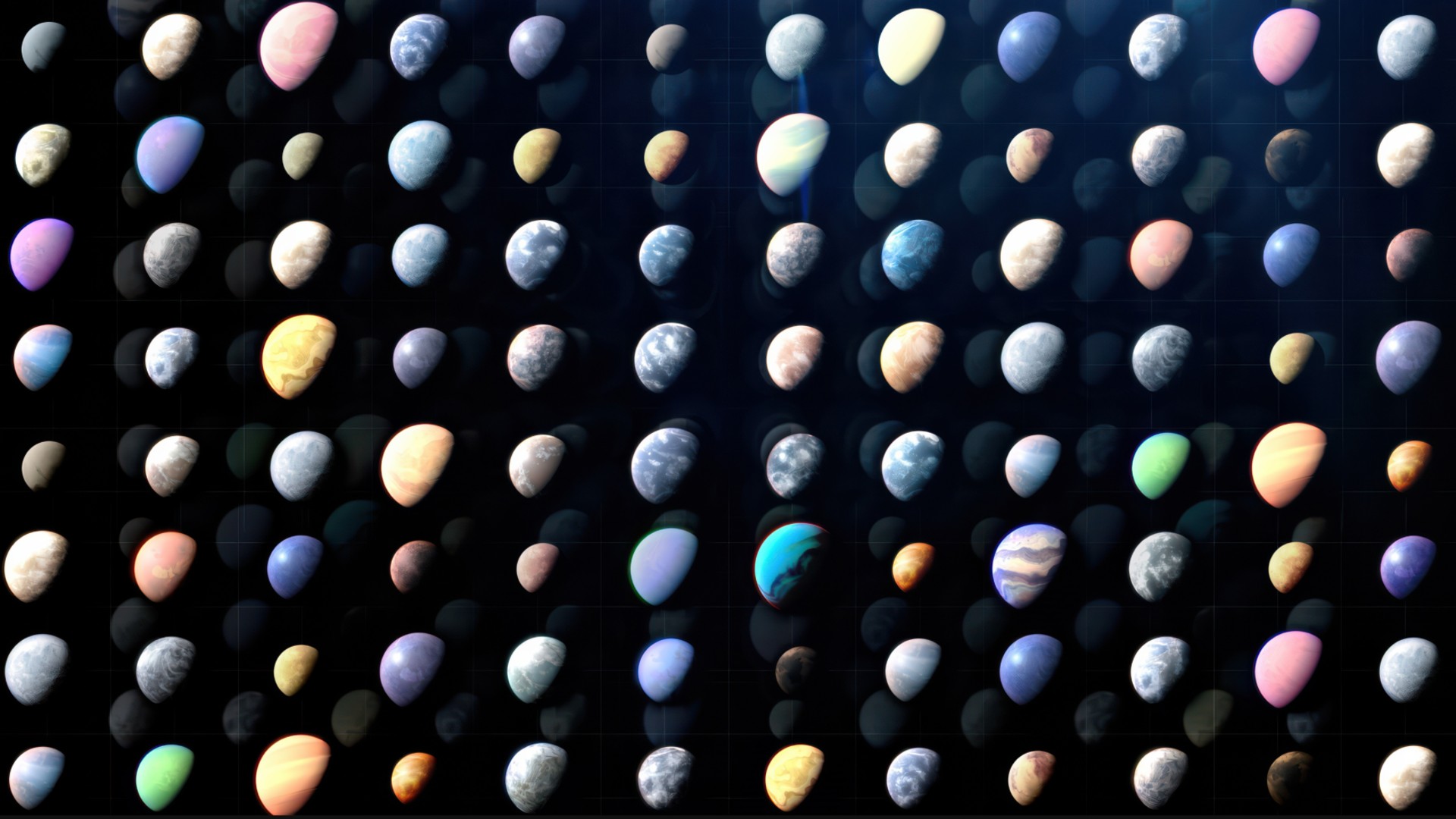Very Large Telescope snaps gorgeous shot of Milky Way's star-studded core (photo)
The image shows only a fraction of the young stars that exist in this region.

A new view from the European Southern Observatory's (ESO) Very Large Telescope (VLT) captures the abundant star-forming region at the center of the Milky Way.
The VLT, located in Chile's Atacama Desert, snapped an infrared image of a region called Sagittarius C (Sgr C), which is located about 300 light-years from the Milky Way's central supermassive black hole, Sagittarius A*. Sgr C is home to hundreds of thousands of stars, a large number of which are visible in the newly released image.
"The center of the Milky Way is the most prolific star-forming region in the entire galaxy," ESO officials said in a statement releasing the new image on Feb. 12. "However, astronomers have only found a fraction of the young stars they expected here."
Related: Amazing space views by ESO's Very Large Telescope (photos)
Even more stars born are believed to be located in this region, which is a prolific stellar nursery. However, clouds of dust and gas block the starlight and obscure our view, according to the statement.
"There is 'fossil' evidence that many more stars were born in the recent past than the ones we actually see," ESO officials said in the statement. "This is because looking towards the center of the galaxy is not an easy task."
Using the HAWK-I infrared camera on the VLT, astronomers were able to peer through these clouds to see the densely packed star population of Sgr C. The VLT data revealed a chemical composition that suggests this region of the Milky Way is a promising candidate for hosting newly formed stars.
Breaking space news, the latest updates on rocket launches, skywatching events and more!
In fact, a recent study, published Jan. 23 in the journal Astronomy & Astrophysics, found that Sgr C was much richer in young stars than other areas near the galactic center. This will help astronomers identify new regions in which to look for other obscured young stars, according to the statement.

Samantha Mathewson joined Space.com as an intern in the summer of 2016. She received a B.A. in Journalism and Environmental Science at the University of New Haven, in Connecticut. Previously, her work has been published in Nature World News. When not writing or reading about science, Samantha enjoys traveling to new places and taking photos! You can follow her on Twitter @Sam_Ashley13.
